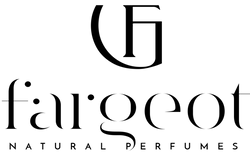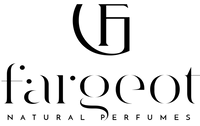Why Animal testing? The path to cruelty-free cosmetic products

When is animal testing being used?
New cosmetic products are first tested on animals to ensure whether they are safe to be used on humans. Even with perfectly consenting humans, testing new products on humans is deemed unethical based on the Declaration of Helsinki from 1964. Established by the World Medicine Association, this Declaration states that “research with humans should be based on results from laboratory animals and experimentation”.
Therefore, different types of animal testing are being used depending on the intended use of the product. Rats, mice, guinea pigs and rabbits are usually used as subjects.
Dermal penetration is a technique used to observe reaction created by a chemical entering the bloodstream, mainly through skin absorption.
Skin sensitisation is aimed at testing allergic reactions by applying the product on the shaved skin of the animal. Corrosivity and irritation are also being tested in such a way, sometimes by pouring the chemical directly into the animal’s eye.
Acute toxicity may be even more controversial, injecting or force-feeding a lethal dose of a product into the animal to assess chemical toxicity.
Even sadder is that the animals surviving such experimentations are usually killed after they have served their laboratory purpose.
So, what’s the alternative to be cruelty-free?
It begs the question whether there are alternatives that satisfy the Declaration of Helsinki and leave our furry friends unharmed. In short, yes! And that’s good news.
The first (and easiest) alternative is to only use chemicals and ingredients to have been tested and proven safe for human use. There are thousands of them not requiring additional testing.
The second alternative is to use newly developed non-animal tests. For example, EpiSkin™ is an artificial skin made to imitate how actual human skin would react to a product. Similar biotechnology can help create other artificial body parts for testing.
Such tissues may not be as readily available as rats, mice and rabbits but not only are they cruelty-free, the results they produce may be much more accurate. There is indeed a controversy around the assumption that results observed on animals can be soundly extrapolated to humans. Animals and humans do have a different biology therefore the leap that something safe for animals is safe for humans could be flawed in some cases.
How is the world standing on cruelty-free cosmetic products?
Luckily, more and more countries started seeing animal testing as barbaric, outdated and unnecessary and are acting on it.
Countries such as Brazil, Europe, the UK and New Zealand to name a few banned animal testing for cosmetics.
In 2014, the Australian Parliament introduced the End Cruel Cosmetics Bill, which prohibits local animal testing as well as importing of cosmetics testing on animals.
The US and Japan are often frowned upon for lagging in their legislation to end animal testing. China was long criticised as the law required all domestic cosmetic products to be tested on animals before hitting the market. It is only in April 2020 that this requirement was finally abandoned and replaced by a preference for non-animal testing. There still is progress to be made in terms of Animal Welfare in such countries but it is a step in the right direction.
Brands, such as Fargeot Natural Perfumes, also play a pivotal role by being proactive and ensuring that their products are cruelty-free.

As individuals, we can also contribute in small or large ways to support such a trend. Awareness is the first step, favouring cruelty-free products comes close second. Look for the well-known bunny logo on your household and cosmetic products, including perfumes, to ensure they are cruelty-free and support brands that take extra steps to protect our furry friends.

